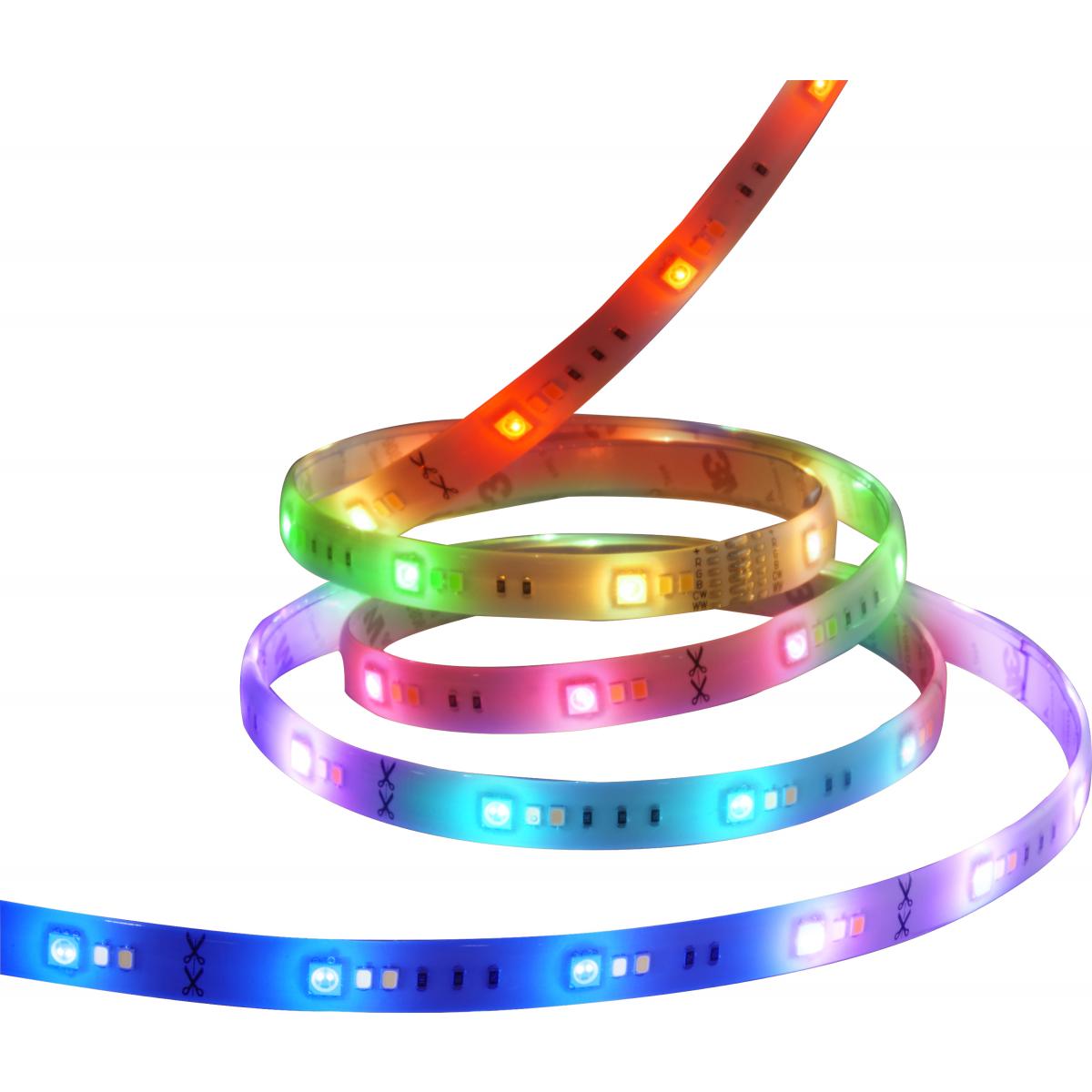20 Watt - 6FT - LED - RGBW Strip Light - Starfish IOT - 120 Volt - 1600 Lumens
20 Watt - 6FT - LED - RGBW Strip Light - Starfish IOT - 120 Volt - 1600 Lumens
Tape Light by Satco
Couldn't load pickup availability
Payment methods
Your payment details are transmitted securely during checkout. Card numbers aren’t stored, and full card information isn’t accessible.
Shipping
Shipping
Free shipping on orders $99+ within the contiguous U.S. (excludes Alaska & Hawaii). Orders under $99 ship via flat-rate ground for $14.99. Review our full Shipping Policy here.
Returns
Returns
Most unused items in original packaging may be returned within 30 days of delivery for a refund. Items labeled “Final Sale,” “Open Box,” or “Clearance” are not returnable. Shipping charges are non-refundable and a restocking fee applies. Review our full Return Policy here.
Share

Specifications
| Brand: | Satco |
| Part Number: | S11263 |
| UPC: | 045923112638 |
| Category: | Tape Light |
| Total Wattage: | 20 Watts |
| Voltage: | 120V |
| Bulb Base: | Integrated LED |
| Bulbs Included: | Yes |
| Lumens: | 1600 |
| Color Temperature: | 3000K-6500K |
| CRI: | 80+ |
| Dimmable: | Yes |
| Fixture Material: | Plastic |
| Location Rating: | cETLus Damp |
| Dimensions: | 0.12"H x 0.47"W x 72"L |
| Weight: | 0.46 Lbs. |
| Finish: | White |
| Warranty: | 5 Years |
Tape Light FAQs
How do I choose voltage and wattage per foot for LED tape light?
12 V and 24 V are common; 24 V handles longer runs with less drop. Match wattage per foot to brightness needs and ensure the driver is sized with 20–30% headroom.
How many lumens per foot do I need for accent vs. task lighting?
Accent: ~100–250 lm/ft; task (under‑cabinet): ~250–450+ lm/ft. Test on site to balance brightness and comfort.
What color temperature and CRI should I select?
2700–3000K is warm residential; 3500–4000K is neutral; CRI 90+ is recommended for kitchens and closets. Keep CCT consistent in sightlines.
What IP rating do I need for kitchens, baths, or outdoors?
Choose at least IP20 for dry interiors, IP54–65 for kitchens/baths, and IP65–67 for exterior exposure and patios.
How do I size the power supply and account for voltage drop?
Sum total wattage and add headroom; inject power at both ends or mid‑run for long lengths. Use heavier gauge leads and observe max run lengths.
Where are cut points and can I field‑solder or use connectors?
Cut only at marked pads. Many systems offer solderless connectors; soldering provides the most reliable joints if done correctly.
How do I mount tape light for a clean, durable install?
Use clean, dry surfaces; prime if necessary. For longevity, mount in aluminum channels with clips; avoid bending around sharp corners.
Can I dim tape light and which controls work best?
Most tapes dim with ELV/triac when paired with the right driver or via 0–10 V, Zigbee, or Wi‑Fi dimmers. Follow compatibility charts.
Do I need aluminum channels or diffusers for heat and glare?
Channels act as heat sinks and provide diffusion to hide dots. Opal lenses reduce glare under cabinets and along toe‑kicks.
What maintenance keeps tape light performing over time?
Wipe dust from lenses, check adhesive annually, and re‑seat any loose runs. Keep drivers ventilated and accessible.

